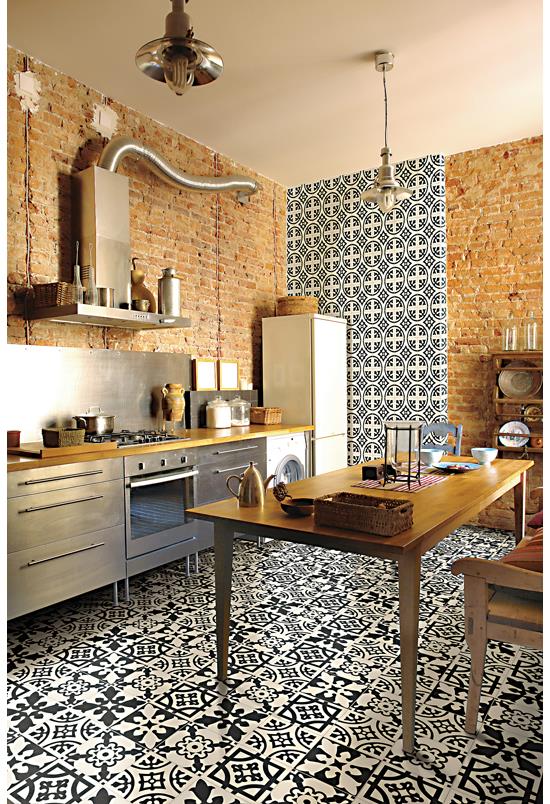The reawakening of the ceramic craft: Tile Files
By Ryan Fasan
Artisan businesses, both inside and outside the tile industry, draw upon their roots to tell the story behind their product. Industries and consumers are now celebrating the handmade; this has given rise to specialty coffee roasters, craft beer and websites like Etsy and Modcloth that sell artisanal goods. And this trend isn’t only among hipsters in Portland and Brooklyn.
Today, it doesn’t matter how much you spend on a sweater; what matters is the story behind it. Businesses like Brooklyn Tailors in New York are forcing big name fashion to look to artisans for small batches of classic workmanship. Across North America, there is a re-emerging appreciation for the handmade. Knit-ins, home brew clubs, farm shares and home gardens are becoming increasingly popular.
As a Spanish tile consultant, I see this return to the classic impacting ceramic tile as well. Tile is an easy to maintain, highly durable, quintessentially modern material, yet steeped in history and craftsmanship. Ceramic tile tells a story. With one foot firmly rooted in the past, modern ceramics are reborn by redefining an iconic and enduring design language.
Artisan influences in ceramic tile spring from a variety of sources: from family-run tile companies making handmade terra cotta to the artisan glazes used on modern mass-produced ceramics. Here’s a look at what’s trending now.
• Classic revival patterns such as the octagon and dot, wainscoting and paneling, tesserae and pebbles, and Delft blue have all made a comeback. We’re seeing the classic octagon and dot pattern in bathrooms and restaurants with the small accent “dots” in both square and circle shapes. Wall tiles are being used to create the look of wainscoting, paneling and wallpaper. Tesserae and pebble looks are visible in detailed mosaics that imitate the Roman style. Delft blue, reminiscent of the blue Dutch pottery, is prominent.
• There is renewed interest in beveled tile. This sleek textured tile adds dimension to any space. Companies like Tau and Mainzu are reenergizing the classic style.
• Artisan glazes make every detail and every tile unique. We see this in styles from Ceramica Elias and in the Cassella series from Natucer.
• In recent years, inkjet technology has made reproductions of classic patterns possible. It has been a great advancement for restoration projects. Before this technology, it would have been very difficult for new tiles to match old styles. Now, patterns can be printed to recreate original patterns. Plus, inkjet technology makes it possible for old, well-loved patterns to be installed in new places and in new construction.
• Hydraulic and encaustic styles are making a comeback in tile as well. These dimensional patterns and wabi-sabi styles are available in a wide variety of colors and geometric patterns. From distressed antique to contemporary colors, the mixed pattern look can be used on walls, floors and counter surfaces. For example, the Bulgary series from Mainzu creates drama on both the floor and accent wall of a kitchen with coordinating patterns.
• Another trend that calls upon the artisan ceramic craft is the increased interest in vintage and salvaged tile looks, including macro patterns and pop art. We see tile with weathered vintage looks, such as the Keraben Future series and the Ceracasa Stonewood floor tile series, that recreate aged, antique wood. Macro patterns—small, detailed, repeated patterns—are being used in both commercial and residential spaces. The Andy series from Dune is an example of pop art styling.
Centuries of artisanal history, improved modern technology and collaborative design processes allow ceramic tile to redefine diverse historical styles to create an enduring artisanal feel for clients today. From the revival of classic patterns and artisan glazes to inkjet reproductions, hydraulic patterns and vintage or salvaged looks, today’s ceramic tile is distinctively unique.
Copyright 2014 Floor Focus
Related Topics: CERAMICS OF ITALY
